
Generative AI in Healthcare: Enhancing Diagnosis and Treatment with AI-Generated Insights
The integration of artificial intelligence (AI) in healthcare has revolutionized the way medical professionals analyze data and identify patterns. Traditional AI systems have long assisted in sorting through vast amounts of health data, from patient records to imaging and genetic information. These systems excel in identifying trends, predicting patient outcomes, and aiding in diagnosis by analyzing structured datasets. However, the introduction of Generative AI marks a significant leap forward. Generative AI, which includes technologies capable of creating content or generating new data based on training from existing data, is now enhancing the landscape of diagnosis and treatment. This type of AI can simulate patient responses to various treatments, generate realistic medical images for training and diagnosis, and offer novel insights that were previously inaccessible. Generative AI, while presenting several challenges, is being applied in healthcare to great benefit, and ultimately has a role in providing more effective and personalized medical interventions.

Digital Twins: A Physical Counterpart in the Digital World
With the rapid advancement of technology including artificial intelligence (AI), the concept of digital twins is having a big impact across various industries. A digital twin is a virtual representation of a physical object, system, process or person that accurately mirrors its real-world counterpart in real-time. Imagine a virtual replica of a machine, building, an entire city, or even a person that constantly updates to reflect its real-world counterpart. That's the essence of a digital twin.

Enhancing Cybersecurity with AI: Detecting and Preventing Threats in Real-Time
Businesses are increasingly turning to artificial intelligence (AI) to enhance their real-time cybersecurity measures. As cyber threats continue to evolve and become more sophisticated, traditional security methods often struggle to keep pace. By leveraging AI, organizations can bolster their defenses and respond more effectively to potential threats.

TinyML: Portable, Low Cost, Low Power Machine Learning
Tiny Machine Learning (TinyML), is an emerging field in machine learning that focuses on developing and deploying machine learning models on small, low-power microcontrollers and devices. These devices typically operate on less than one megawatt of power and are designed to function for extended periods without needing a battery replacement or other functional elements.

From Unstructured Data to Business Insight with AI
In the digital age, businesses generate and collect vast amounts of unstructured data from various sources like social media, customer reviews, emails, and multimedia content. Unstructured data refers to information that doesn't follow a predefined format or structure, making it difficult to analyze and utilize effectively. Modern businesses are swimming in a sea of unstructured data, and it comes from a wide range of sources… Businesses can unlock valuable insights and make data-driven decisions by transforming this unstructured data into a structured, usable format. Overcoming these hurdles is an ongoing effort, but businesses are increasingly turning to AI and machine learning (ML) tools to help them unlock the potential of unstructured data.

Ethical AI: Balancing Innovation with Responsibility in Business Strategy
As artificial intelligence (AI) continues to advance at an astonishing pace, businesses increasingly integrate AI technologies into their strategies to drive innovation, optimize processes, and gain a competitive advantage. However, as AI becomes more sophisticated and ubiquitous, it is crucial for organizations to consider the ethical implications of their AI-driven decisions and actions. Balancing the pursuit of innovation with the responsibility to develop and deploy AI systems in an ethical manner is a complex challenge that requires careful consideration and proactive measures.

Adobe Summit - Digital Experience Conference 2024
Just wrapped! The 2024 Adobe Summit in Las Vegas has concluded, leaving attendees buzzing with insights on the latest trends and innovations in digital experience (DX). This year's conference major focus was on empowering businesses to create seamless and personalized customer journeys. A premier event for digital marketing and customer experience professionals, the conference was a blend of in-person and virtual experiences, catering to a global audience of industry leaders, innovators, and practitioners. Held in Las Vegas from March 25 to 28, 2024, the summit showcased digital marketing, customer experience management, and the transformative potential of generative AI technologies.

Managing Enterprise Information
Companies generally struggle with collecting, storing, managing, discovering and distributing enterprise information. Knowledge management solutions have been around for many years, yet have mostly fallen short of a full solution for use across the business. There are many reasons for it, and we’ll take a look at those reasons and how to overcome them, but overall the problem gets worse every year, as every business has more and more information to deal with.

Automating Data Entry: Saving Time and Reducing Errors with AI-Powered OCR
AI-powered Optical Character Recognition (OCR) is an advanced form of traditional OCR technology, which is designed to convert different types of documents, such as scanned paper documents, PDF files or images captured by a digital camera, into editable and searchable data. What sets AI-powered OCR apart from traditional OCR is its use of artificial intelligence, machine learning, and deep learning algorithms to improve the accuracy and efficiency of text recognition, even in cases where the document quality is poor or the text is displayed in complex layouts.
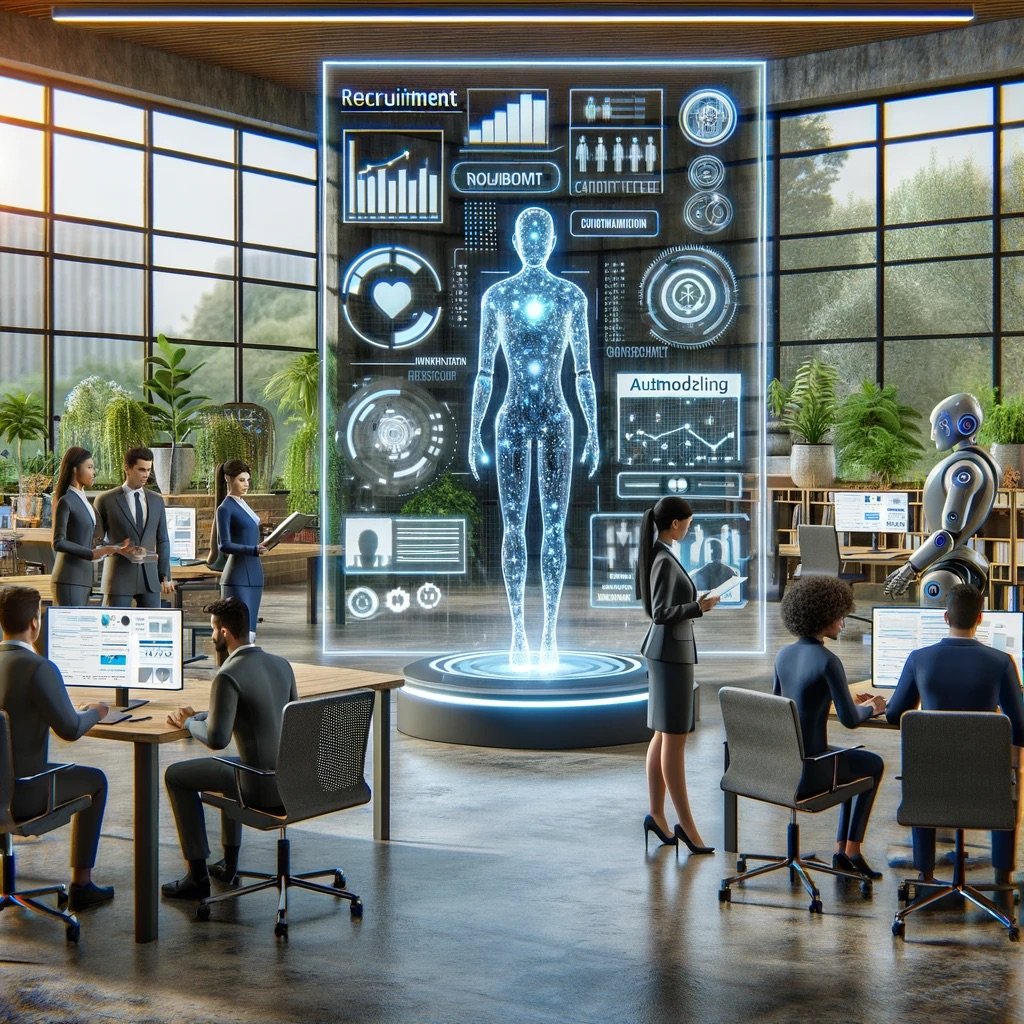
AI and Automation in HR: Streamlining Recruitment and Onboarding Processes
Finding the right people and welcoming them into your company is a fundamentally human task. It might seem strange then, that technology can play such a large role. However, AI and automation hold the power to free HR teams from the mundane, repetitive tasks that eat up their time. This gives them the space to focus on strategic initiatives and create a truly exceptional candidate and employee experience.
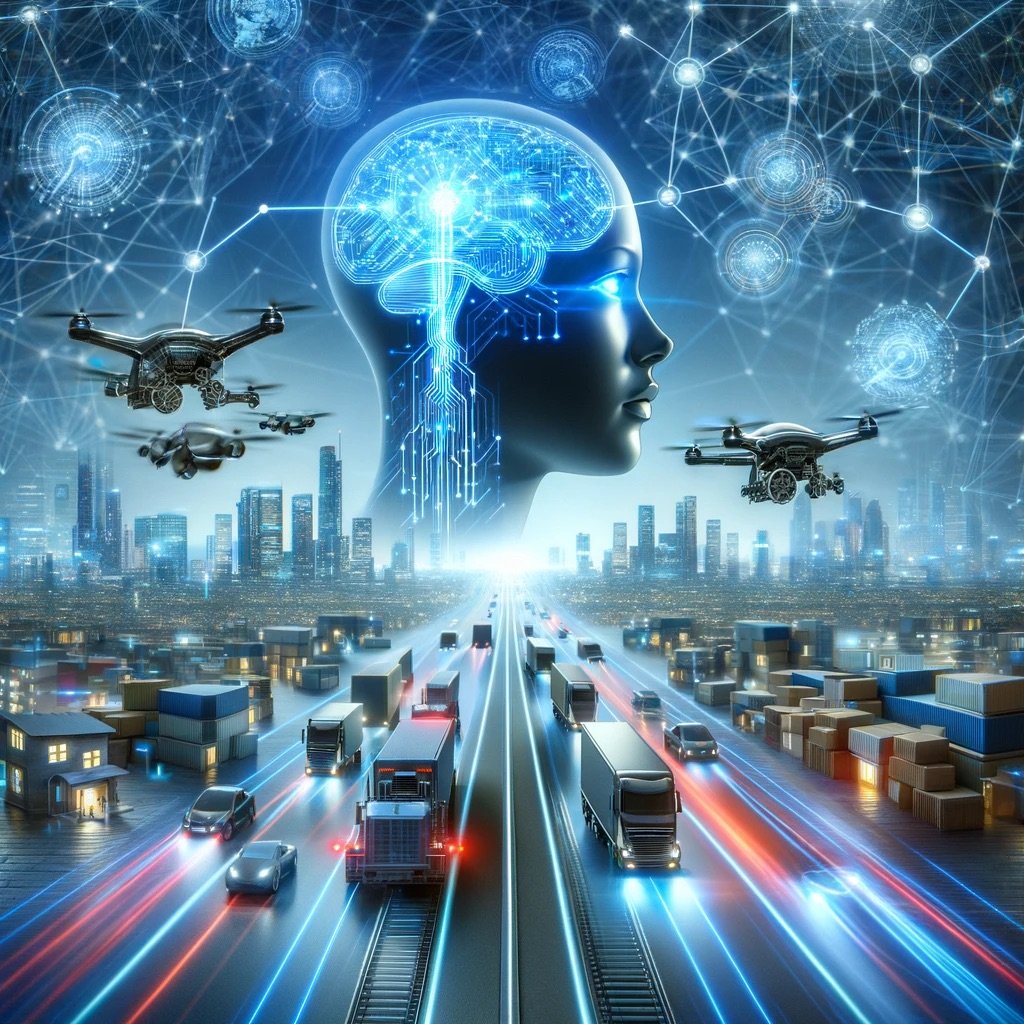
AI-Driven Supply Chain Optimization: Reducing Costs and Improving Efficiency
The lessons learned during the COVID-19 pandemic, particularly in today's globalized economy, highlighted the fact that supply chain management is a critical factor in determining the success and profitability of businesses across various industries. As companies strive to remain competitive, they are increasingly turning to artificial intelligence (AI) to optimize their supply chain operations. AI-driven solutions offer the potential to revolutionize supply chain management by reducing costs, improving efficiency, and enhancing decision-making processes.
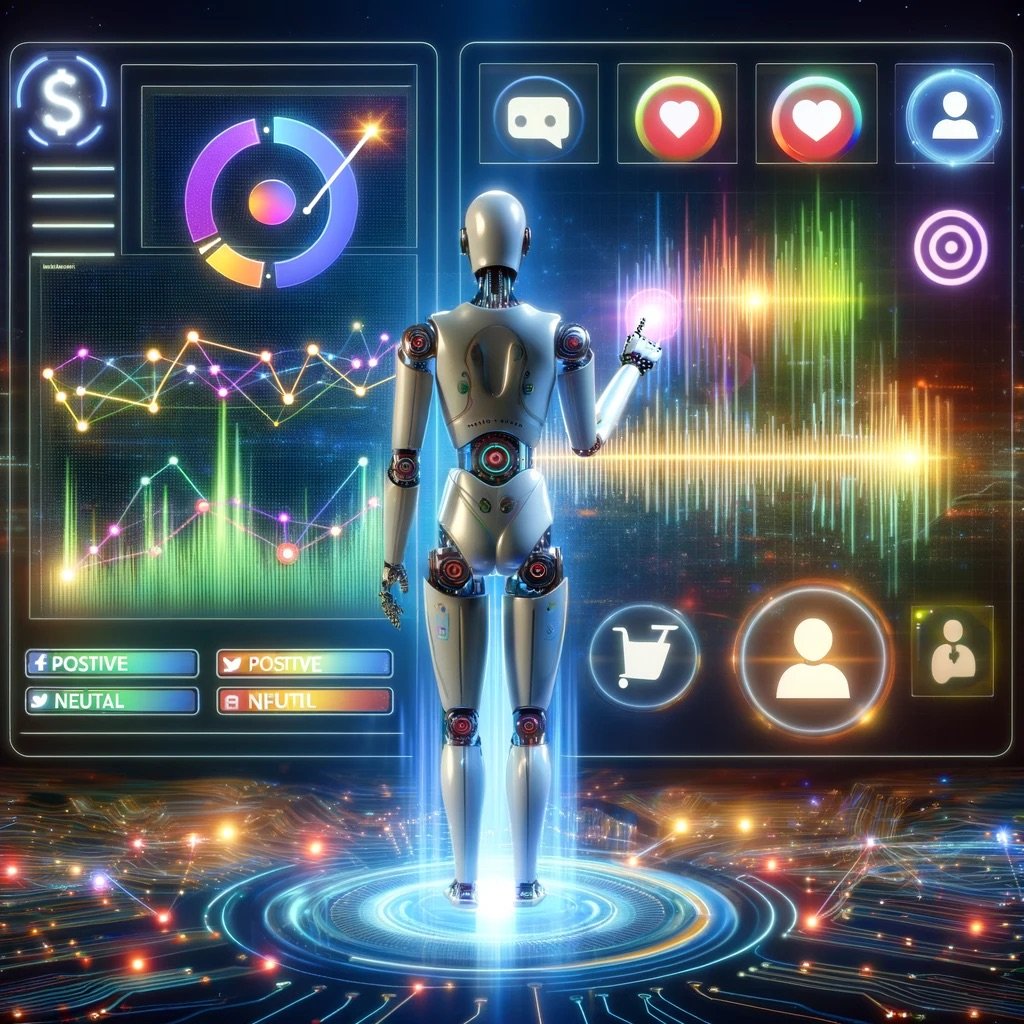
AI-Powered Sentiment Analysis: Gaining Insights from Customer Feedback and Reviews
AI-powered sentiment analysis can be a powerful tool for companies to gain valuable insights from customer feedback and reviews. The core technology behind AI-powered sentiment analysis is Natural Language Processing (NLP), a subfield of artificial intelligence (AI) that focuses on enabling computers to understand, interpret, and generate human language.

AI in Corporate Finance: Fraud Detection and Risk Assessments
In corporate finance organizations artificial intelligence (AI) can be used to improve productivity and effectiveness, and is particularly useful in enhancing the fraud detection and risk assessment processes. As businesses grapple with increasingly sophisticated financial threats and the complexities of global market dynamics, AI's ability to analyze large datasets, recognize patterns, and predict anomalies offers a significant leap forward. By integrating AI technologies, such as machine learning and predictive analytics, into their financial operations, companies can not only identify and mitigate fraudulent activities with unprecedented accuracy but also refine their risk management strategies. This shift towards AI-driven financial practices promises not only to safeguard assets but also to optimize financial performance, enabling businesses to navigate the challenges of the modern economic environment with confidence and agility. Here’s an overview of how businesses can use AI in Finance to improve fraud detection and risk assessment:

Salesforce TrailblazerDX 2024
It seems like vendor announcements for new virtual assistants, particularly named “copilot” are a weekly occurrence. Not all copilots are the same though. I spent a couple of days this week attending Salesforce TrailblazerDX, its annual developer conference in San Francisco. The event was, to nobody's surprise, focused on AI. There were some interesting announcements and some good discussions with company executives and developers. Salesforce has some unique features and approach to its platform, AI in general and the new Copilot offering. The first thing of note is that I used the singular Copilot, not plural like Microsoft. This is a good deal more significant than you might think.
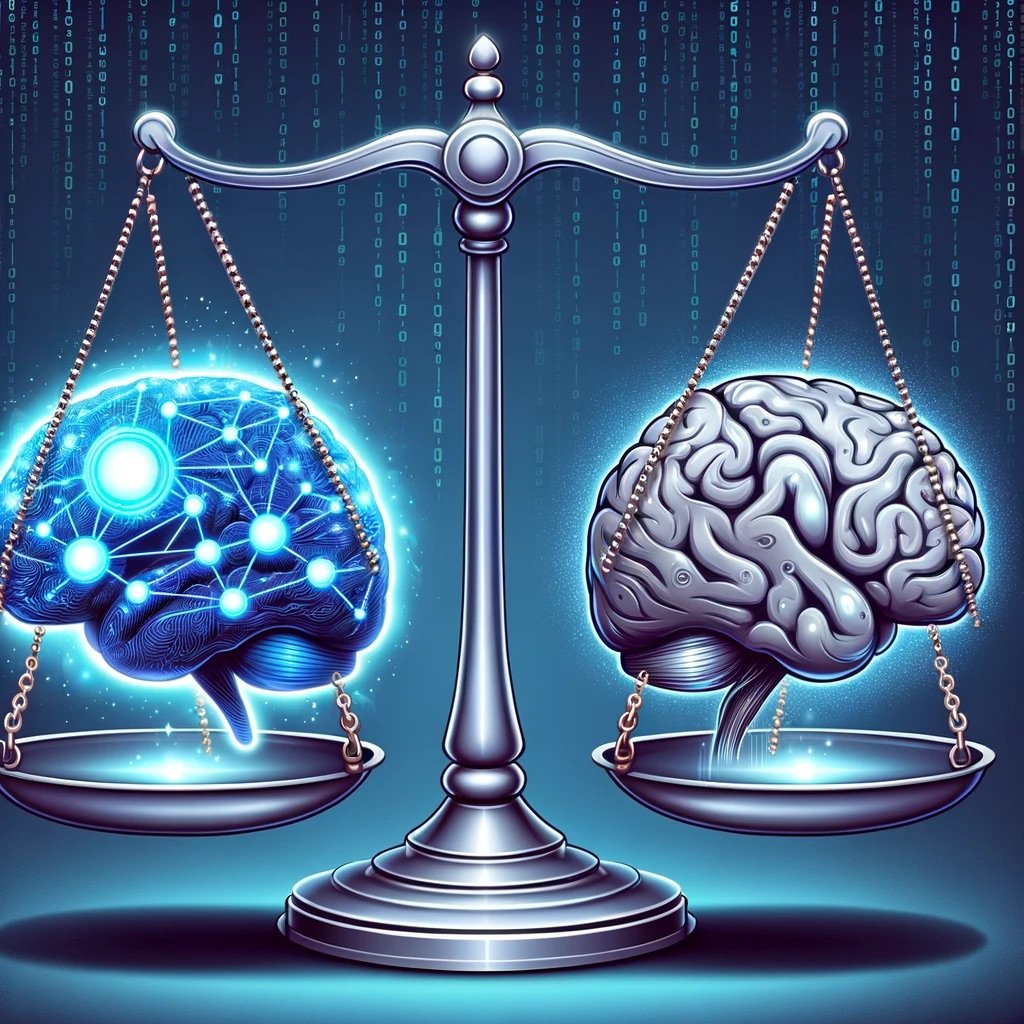
Open Source or Proprietary LLMs?
Large language models (LLMs) are transforming the way we interact with computers, but choosing the right type of LLM can be a complex decision. Open-source LLMs promote cost-effectiveness and community-driven innovation, allowing for extensive customization. However, they may involve higher setup costs, security risks, and a steeper learning curve. Proprietary LLMs often offer simplified use, commercial support, and more robust security, yet potentially limit flexibility and involve licensing fees. Understanding the tradeoffs between these two models is crucial for businesses and developers seeking to harness the power of LLMs.

How to Align Your Organization's Goals with a Digital-First Strategy
A digital-first business strategy isn't just about having a website or social media presence. It's a complete overhaul in how a company thinks and operates. In this approach, digital technology is the cornerstone of everything the business does. From customer interactions and marketing to internal operations and product development, digital tools and processes take center stage. This doesn't mean abandoning traditional methods entirely, but rather viewing them through a digital lens and prioritizing digital channels whenever possible.

AI and Creative Design
Forget the fear-mongering – AI isn't here to replace designers. Instead, imagine it as the ultimate creative sidekick. It can handle tedious tasks, generate fresh ideas, and unlock exciting possibilities. In a recent episode of Disambiguation I interviewed two executives from DXM, an AI design tool for brands. It was a great conversation, you should check out the whole episode, but one important takeaway is the concept that AI for creatives is human augmentation, not human replacement. Let’s look at how to harness the power of AI, opening up a world of new design opportunities.

Making Intelligent Decisions in Information Intensive Business Activities
Data driven decision making has been a business goal for many years, growing out of the big data and analytics revolution. With broader interest in artificial intelligence (AI) over the past year or so, new ways to approach decision processes are gaining momentum. For routine business decisions, generative AI and integrated data models are rapidly changing the approach away from basic business intelligence (BI) and analytics solutions and the subsequent dashboards and queries derived from them, to a natural conversation with the data to uncover the necessary answers to support the decision. This move to a natural question and answer process over pre-built dashboards and queries, accelerates the decision process and enables users to find specific answers much more simply and independently instead of relying on either predefined and thus limited views of the data; or IT, data scientists and data analysts for custom views. This is a big step forward for day-to-day decision making, and can add value in more complex business activities, but is, however, not a broad enough solution to solve the more complex decision scenarios.
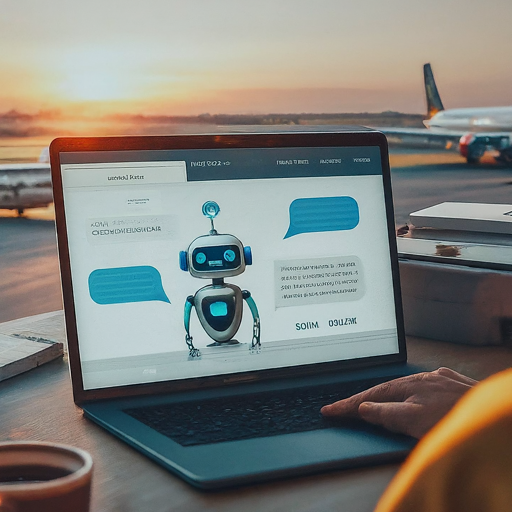
Air Canada and the Chatbot, Learning from Your CX Mistakes
I can’t get this recent Air Canada customer experience “incident” out of my head. We’ve written and talked extensively about how you can use AI and generative AI to dramatically improve your customer experience (CX). Apparently we also need to talk about how the policies you build around the use of generative AI, particularly customer service chatbots, can deliver the opposite of that “good” CX you think you’re building.

Transforming Data Analysis: Using AI for Better Business Decisions
Traditional business intelligence (BI) tools often struggle with the sheer volume, complexity, and speed at which data is generated today. Enter AI. Artificial intelligence offers a revolutionary approach to data analytics, empowering businesses to uncover hidden patterns, predict future outcomes, and automate key analytical tasks. AI-infused platforms utilize machine learning, natural language processing, and advanced algorithms to deliver insight that's far deeper and more actionable than what traditional BI tools can provide on their own. This transformation is allowing companies to make faster, data-driven decisions that drive improved performance and agility.
